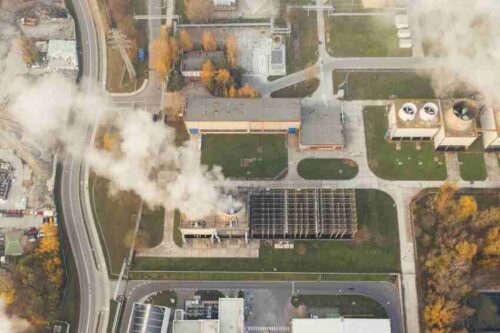Global warming is no longer a distant threat; its impacts are already evident in many aspects of life on Earth. While rising temperatures are the most visible sign, the effects extend far beyond simply warmer weather. Since the onset of the Industrial Revolution a period marked by increased fossil fuel consumption for energy and transportation Earth’s average temperature has risen by approximately 1°C (2°F).
Though this increase may seem minor, 2023 has set records as the hottest year ever documented. Remarkably, all of the ten hottest years have occurred within the past decade.
While the terms are often used interchangeably, scientists prefer “climate change” to describe the broad spectrum of alterations affecting our planet’s climate and weather patterns. Climate change involves more than just rising temperatures; it includes severe weather events, shifting wildlife habitats, and rising sea levels, driven primarily by human activities that emit greenhouse gases.
Contents
What Drives Global Warming?
The Greenhouse Effect
Global warming is primarily driven by the greenhouse effect, a process where certain gases trap heat in the Earth’s atmosphere. Fossil fuel emissions resulting from burning oil, gas, and coal alter atmospheric chemistry, allowing sunlight to enter but preventing heat from escaping back into space. This effect is analogous to a greenhouse, which retains warmth to support plant growth.
Carbon dioxide, the most prevalent greenhouse gas, constitutes about 75% of climate-warming pollution. This gas primarily originates from fossil fuel combustion and deforestation. Methane, though less abundant, is about 25 times more effective at trapping heat than carbon dioxide. Its sources include agriculture (especially livestock), leaks from fossil fuel extraction, and landfill waste. Despite its potency, methane’s effects can diminish more rapidly if methane emissions are curtailed.
Impacts of Global Warming
Polar Regions and Glaciers
One of the most alarming consequences of global warming is its impact on the polar regions and glaciers. The Arctic is experiencing warming at a rate four times faster than the global average. This accelerated warming is leading to the loss of vital ice habitats and altering the jet stream’s flow, which in turn creates unpredictable weather patterns worldwide.
Also Visit: Exploring Extra Income Streams: A Practical Guide
Extreme Weather Events
Warmer global temperatures are contributing to more extreme precipitation events. For every degree Celsius increase in temperature, the atmosphere can hold about 7% more moisture. This enhanced moisture can result in intense flash floods, more severe hurricanes, and even unusually strong snowstorms.
Ecosystem Disruptions
Coral reefs are facing unprecedented threats from global warming. Elevated sea temperatures cause corals to expel their symbiotic algae, resulting in coral bleaching a process that weakens the corals and increases their mortality rate.
Forests are also suffering as droughts lead to widespread tree deaths, which in turn disrupt entire forest ecosystems. Wildfires are becoming more frequent and severe, spreading into regions like the eastern U.S., where they were once less common.
Hurricanes are intensifying, delivering more rain and causing greater damage. Some experts suggest that future storms might even exceed the current Category 5 level on the Saffir-Simpson scale.
Strategies to Mitigate Global Warming
Transitioning Energy Sources
Mitigating global warming is possible but requires significant changes in political, social, and economic arenas. A major step involves reducing emissions from fossil fuels by adopting renewable energy sources such as wind and solar power. Transitioning to electric vehicles, enhancing public transportation, and designing bike-friendly and walkable urban environments are also crucial.
Geoengineering and Natural Solutions
Geoengineering, a field once considered speculative, is gaining traction. This approach includes techniques to either block sunlight or remove CO₂ from the atmosphere. Another effective strategy is restoring natural ecosystems, such as forests, oceans, and wetlands, which play a vital role in absorbing excess carbon dioxide.
Adapting to New Realities
In addition to reducing emissions, adaptation is key. This means constructing buildings resilient to rising sea levels, developing cooling technologies for heat waves, and planning communities to withstand extreme weather conditions.
Conclusion
Global warming is reshaping life on Earth in profound ways, impacting everything from weather patterns to ecosystems. Addressing this challenge requires a multifaceted approach involving emission reductions, technological innovations, and adaptation strategies. By taking decisive action now, we can mitigate some of these effects and work towards a more sustainable future.
